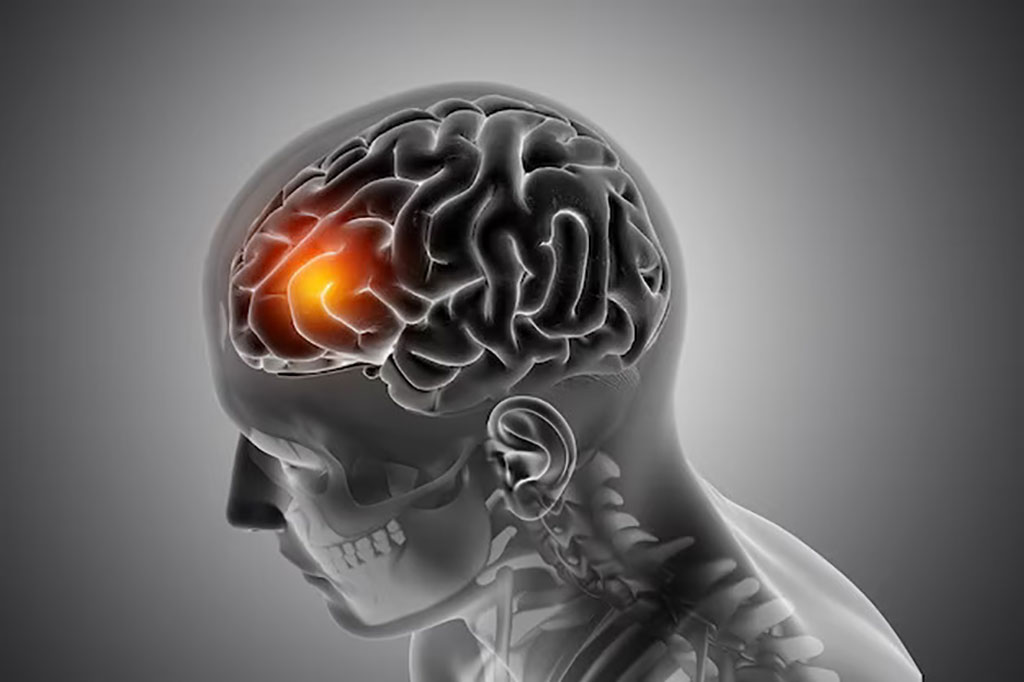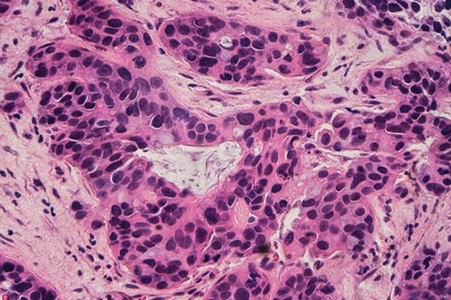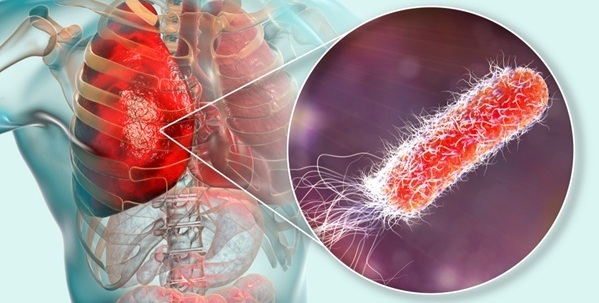AI Model Predicts Brain Cancer Outcomes by Assessing Stained Images of Glioblastoma Tissue
Posted on 24 Aug 2023
Glioblastoma, a swift and aggressive brain cancer, typically grants an average life expectancy of around one-year post-diagnosis. Treating it proves challenging due to substantial variations in each tumor's cellular composition among individuals. This diversity hampers effective strategies. Even after undergoing surgery, radiation, and chemotherapy, residual cancer cells remain. Almost all glioblastoma patients experience a relapse, with differing timelines. Predicting prognosis also presents difficulties, given the complex nature of understanding which cancerous cells drive each patient's glioblastoma. Now, scientists have created an algorithm designed to aid physicians in improving their understanding and targeting of complicated brain tumors.
Scientists at Stanford Medicine (Stanford, CA, USA) have developed an artificial intelligence (AI) model that evaluates stained images of glioblastoma tissue to predict tumor aggressiveness, ascertain the genetic constitution of tumor cells, and assess the presence of substantial cancerous cells post-surgery. The AI model holds the potential to help physicians identify patients exhibiting cellular traits indicative of more aggressive tumors, allowing for expedited follow-up. Typically, doctors and scientists utilize histology images, or pictures of dyed disease tissue, to identify tumor cells and formulate treatment strategies. While these images reveal the shape and location of cancer cells, they provide an incomplete tumor depiction. In recent times, an advanced technique known as spatial transcriptomics has emerged that reveals the cell location and genetic makeup of numerous cell types through specific molecules that identify genetic material in tumor tissue. The spatial transcriptomics data offers unprecedented insights into such tumors but the technique is expensive, with the data generation costing several thousand dollars per patient.

Seeking a more economical approach, Stanford researchers turned to AI. They developed a model that utilizes spatial transcriptomics data to enhance basic histology images, creating a more detailed tumor map. The model was trained on spatial transcriptomics images and genetic data from over 20 glioblastoma patients. From these detailed images, the model was taught to make associations between cell types, cell interactions, and profiles with favorable or unfavorable cancer outcomes. For instance, it found that abnormal clustering of tumor cells resembling astrocytes, or neuron support cells, correlated with faster, more aggressive cancers. Studies show that such bunching of astrocytes prompts biological signaling, driving tumor growth.
By discovering patterns like this telltale clumping, the model could aid drug developers in designing more targeted glioblastoma treatments. Spatial transcriptomics data from the same glioblastoma patients enabled the model to identify diverse tumor cells in corresponding histology images with an accuracy of 78% or higher. Essentially, it used cell shape to predict gene activation, providing insights into a cell's identity. The model could also be used by clinicians to gauge the success of tumor removal after surgery and how much still remains in the brain. For instance, the model revealed that tumor cells with genetic traces of oxygen deprivation are usually situated in the center of a patient’s tumor. Higher proportions of these cells corresponded to worse cancer outcomes. By illuminating the oxygen-deprived cells in histology-stained surgery samples, the model can assist surgeons in estimating residual cancer cells post-surgery and determining the appropriate time for post-surgical resumption of treatment.
After being trained to identify the location of various cell types using basic images, the model was evaluated on a larger, separate data set of histology images from 410 patients. The model inferred cancer outcomes from these images, effectively identifying cell patterns correlating with cancer aggressiveness. The model holds the potential to help physicians identify patients with cell patterns signaling a more aggressive tumor and imminent threat of relapse or rapid growth. Although the researchers are optimistic about the model's predictive capacity, further training on more patients is necessary before its deployment to physicians. The team intends to refine the model to create even more detailed cellular maps of glioblastoma tumors. Currently, a proof-of-concept version of their model, GBM360, is available for researchers to upload diagnostic images and predict glioblastoma patient outcomes. However, the model is still in the research phase, and its algorithmic outcomes should not yet guide patient care. The researchers hope that the algorithm could eventually predict outcomes for other conditions like breast or lung cancers.
Related Links:
Stanford Medicine














